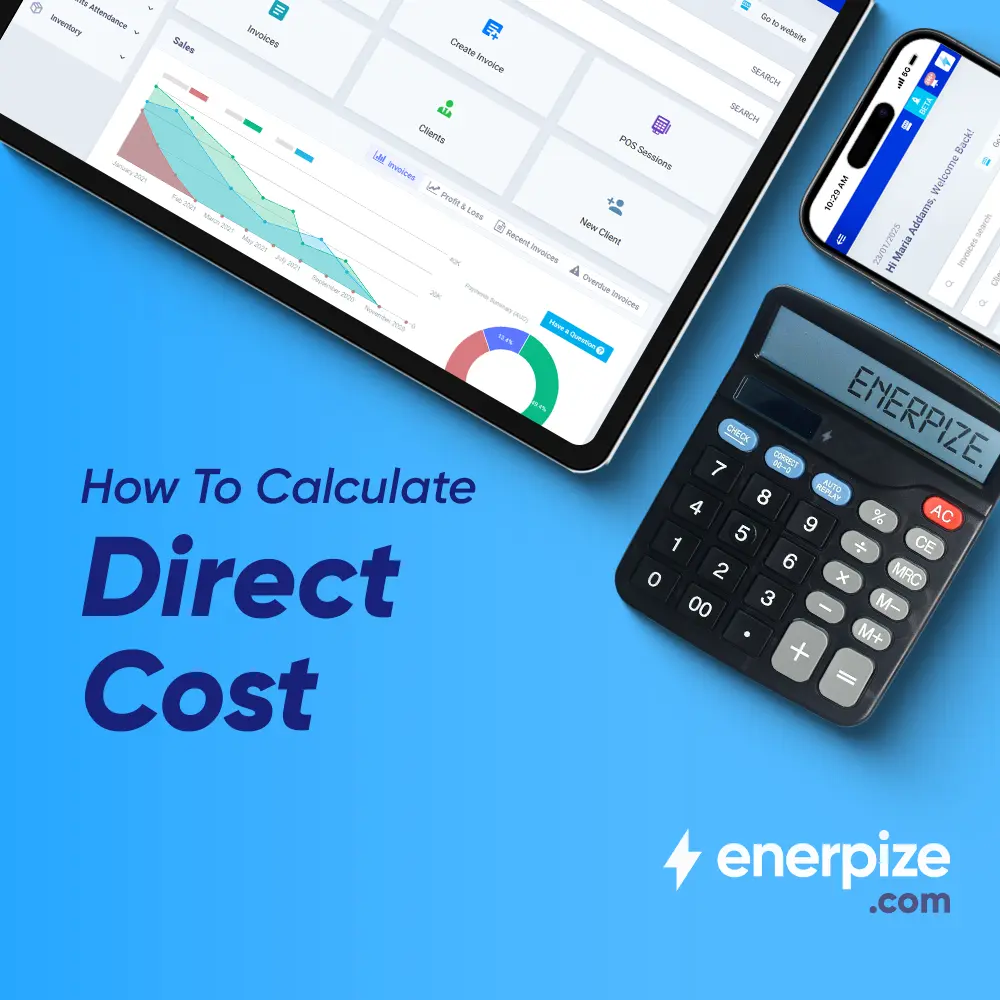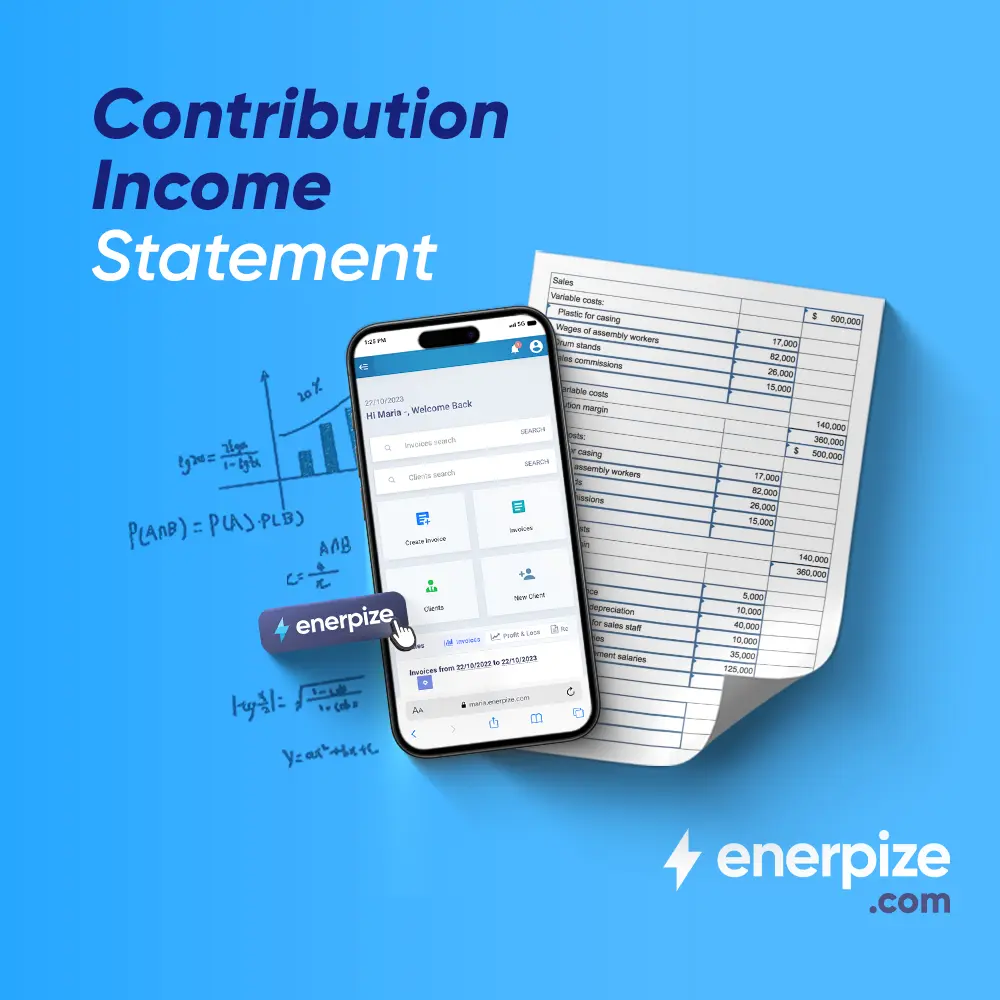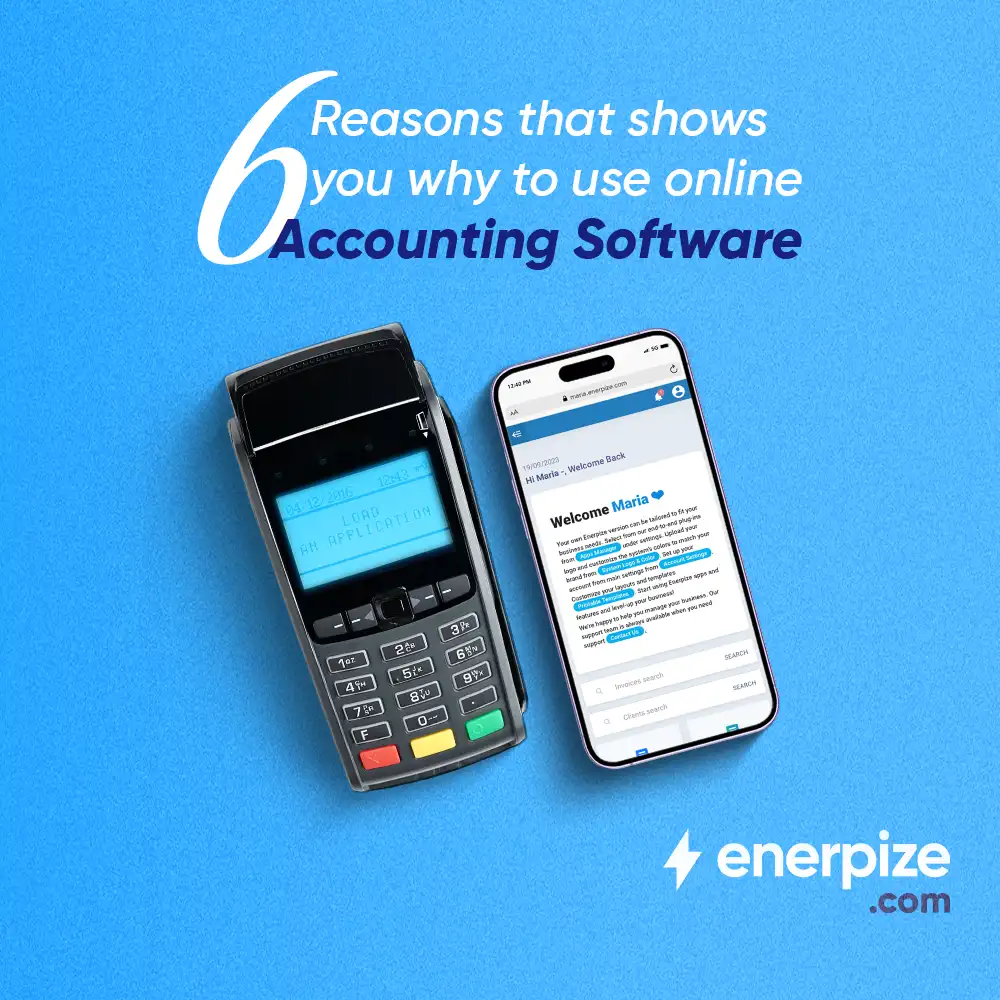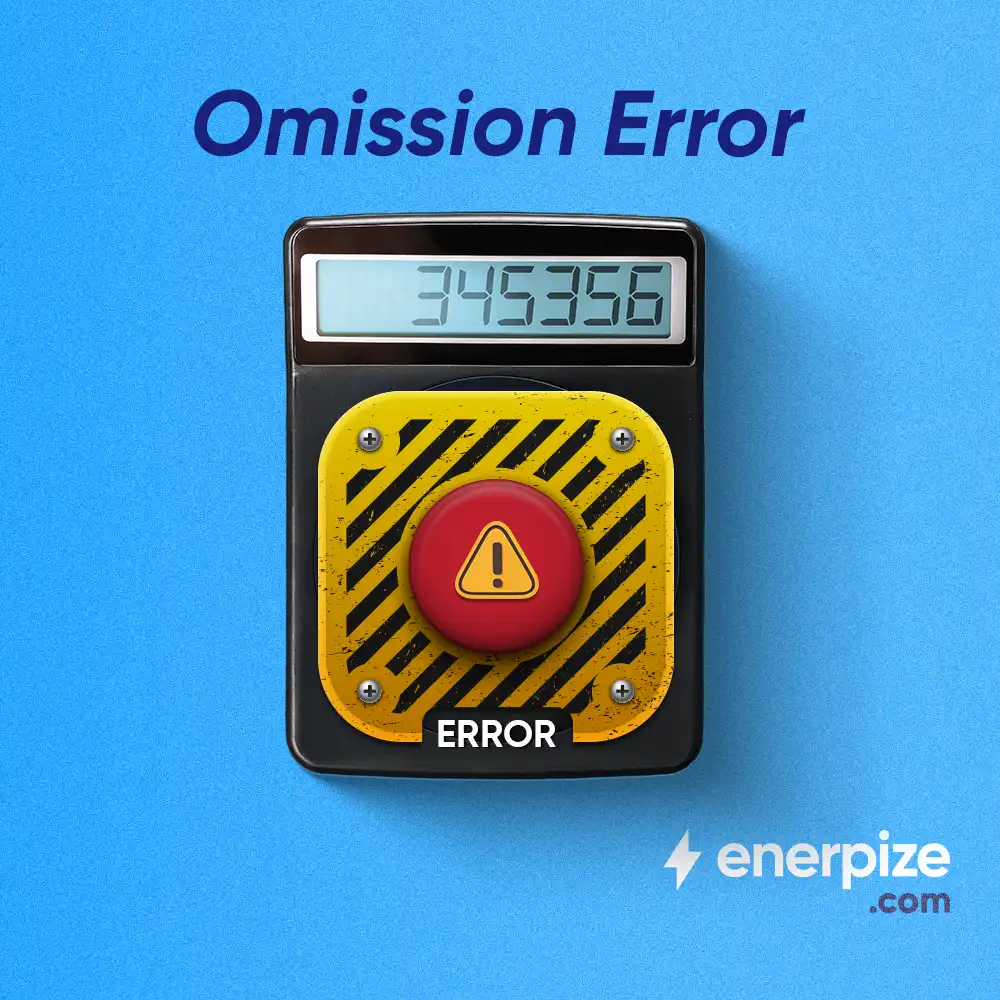Author : Enerpize Team
Reviewed By : Enerpize Team
Cost Centers: Definition, Benefits, How it Works
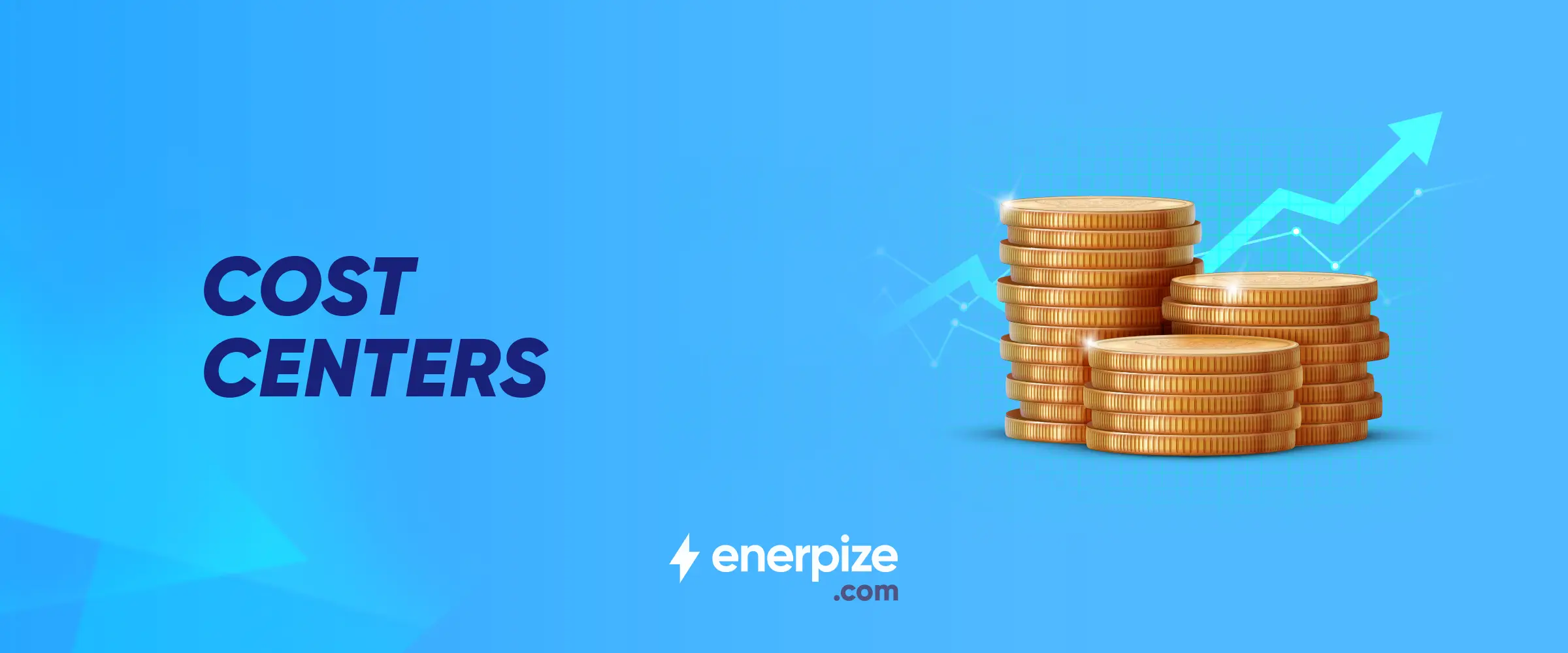
Cost centers play a crucial role in business accounting by tracking where money is spent within an organization. These departments or units are evaluated based on how well they control costs, instead of focusing on profits. Whether it's customer service, HR, or IT, each cost center helps monitor spending, improve budgeting, and support informed decision-making.
By isolating expenses, businesses gain clearer insights into operational efficiency and can better allocate resources. This article explores everything you need to know about cost centers and how to manage them.
Key Takeaways
- A cost center is a department or function within an organization that incurs costs but doesn't generate direct revenue, focusing on expense control and operational support.
- Cost centers work by assigning budgets, tracking costs by activity or department, and comparing actual expenses to budgets to evaluate efficiency and guide resource allocation.
- Their main purpose is to track expenses, improve accuracy in financial statements, support cost analysis, and help managers make better resource-related decisions.
- There are several types of cost centers: impersonal, personal, operational, product, process, and service, each with specific roles in tracking costs across functions or products.
- Key benefits of cost centers include increased efficiency, reduced costs, structured R&D tracking, and better performance evaluation by isolating and analyzing departmental spending.
- Effective cost allocation relies on accurate measurement, multiple allocation bases, consistent methods, strategic alignment, regular review, automation, and staff training.
What is a Cost Center?
A cost center is a specific organizational unit or department within a company that is responsible for incurring costs but does not directly generate revenue. Cost centers are established to track and manage expenses associated with particular functions, activities, or departments within an organization.
In a cost center, the primary focus is on controlling and monitoring costs rather than generating profits. Examples of cost centers include production departments, administrative units, or support functions like human resources, finance, or IT. These departments contribute to the overall operation of the organization, but their performance is typically evaluated based on their ability to manage and control costs efficiently.
How a Cost Center Works
Organizations strategically identify essential departments, functions, or activities crucial for overall operations, recognizing their indirect contribution to revenue generation. Costs are meticulously categorized into direct and indirect types, with direct costs easily traceable to specific cost centers and indirect costs allocated through predetermined methods.
Each cost center is allocated a budget to guide cost control methods and performance goals. As operations develop, staff, supplies, and equipment expenditures are methodically tracked and assigned to appropriate cost centers. Organizations use sophisticated accounting systems to manage expenses, guaranteeing appropriate cost allocation rigorously.
Managers assess cost center performance against allocated budgets, focusing on key indicators such as cost efficiency and financial discipline. Regularly generated reports offer valuable insights, empowering management decisions regarding resource allocation, process enhancements, and overall organizational efficiency.
Variances between actual and budgeted costs are analyzed, guiding the identification of improvement areas and implementation of corrective measures.
Resource allocations are adjusted based on cost center performance, optimizing resource utilization and overall organizational efficiency. A commitment to continuous improvement drives efforts to identify opportunities for cost reduction, process optimization, and operational enhancements, ultimately enhancing organizational effectiveness.
Read Also: Depreciable Cost: What is & How To Calculate?
Purpose of Cost Centers
Expense Tracking
Cost centers are a useful tool for precisely tracking and monitoring expenses related to certain departments or functions inside an organization. This allows for an extensive breakdown of costs, fostering transparency and accountability in resource utilization.
Enhancing Precision in Financial Statements
Companies could accurately allocate resources to specific areas by allocating costs into specific cost centers. This helps to create precise financial statements, which provide stakeholders with an accurate and comprehensive understanding of how resources are allocated and used.
Better Control and Analysis of Total Cost
Cost centers facilitate better control over overall costs by categorizing expenses according to specific units or functions. This structured approach allows for a comprehensive analysis of total costs, aiding management in identifying trends, patterns, and areas for potential cost optimization.
Decision-Making Support
Cost centers provide essential data for informed decision-making. Management gains valuable insights to make strategic decisions regarding resource allocation, process improvements, and overall organizational efficiency by understanding the costs associated with different departments or functions. This enhances the decision-making process and aligns the organization with its financial objectives.
Types of Cost Centers
There are six main types of cost centers, each responsible for a specific aspect or field within a company. Each type serves a distinct purpose in managing and allocating costs, contributing to overall financial efficiency and strategic decision-making. Here's a thorough description of each type, along with an example:
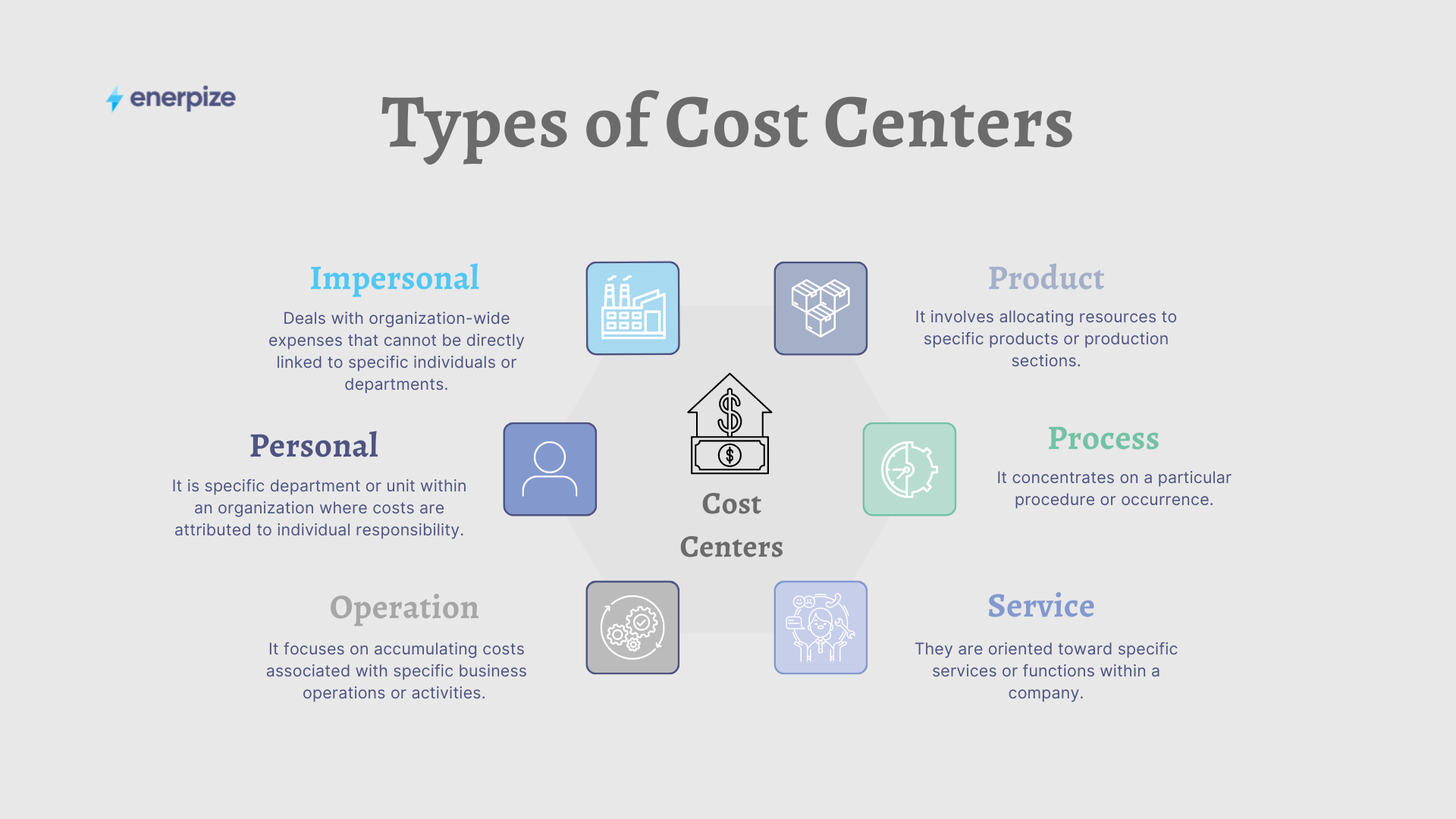
Impersonal Cost Centers
An impersonal cost center deals with organization-wide expenses that cannot be directly linked to specific individuals or departments. These costs are distributed across the entire organization, contributing to overall operational budgeting.
Personal Cost Centers
A personal cost center is a specific department or unit within an organization where costs are attributed to individual responsibility. This allows for precise tracking and evaluation of expenses at the individual level, aiding in efficient cost management.
Operation Cost Center
An operation cost center focuses on accumulating costs associated with specific business operations or activities. For example, within a clothes company, the manufacturing department ensures the proper functioning, regular maintenance, and security of machinery and equipment used in the production of fabrics and garments.
Product Cost Center
This cost center involves allocating resources to specific products or production sections. Consider a clothes company, where a weaving department is dedicated to producing various types of fabrics. Additionally, there could be distinct units for dyeing, printing, or handling custom orders within the same organization.
Process Cost Center
It concentrates on a particular procedure or occurrence. For instance, within a clothes company, the dyeing department is dedicated to the process of coloring fabrics. This unit focuses on dyeing techniques, color quality, and managing any issues related to the dyeing process.
Service Cost Center
Service cost centers are oriented toward specific services or functions within a company. Take, for instance, the clothes company's quality control department. This service cost center is dedicated to ensuring the quality of finished products, conducting inspections, and managing any quality-related concerns.
Benefits of Cost Centers
Increased Efficiency
Cost centers enhance operational efficiency by allowing organizations to focus on specific functions or departments. This targeted approach ensures that resources are allocated to areas where they can be most effectively utilized, streamlining processes and improving overall efficiency.
Reduces Costs
By closely monitoring and analyzing costs within each cost center, organizations can identify areas where expenses can be reduced or optimized. This cost-control mechanism helps prevent unnecessary expenditures and contributes to overall cost reduction across the business.
Research and Development
Cost centers provide a dedicated framework for research and development activities. By isolating these functions into specific cost centers, organizations can track the investment in innovation, monitor progress, and evaluate the return on investment for research and development initiatives.
Performance Evaluation
Cost centers facilitate a systematic approach to performance evaluation. Managers can assess the efficiency of each department or unit by analyzing the costs incurred and comparing them against predefined budgets. This evaluation process enables informed decision-making for continuous improvement.
Best Practices for Effective Cost Allocation in Cost Centers
.png)
Clearly Defined Objectives: Clearly define the objectives of cost allocation. Understand why you are allocating costs and what goals you aim to achieve. This will guide the process and ensure that allocations align with organizational objectives.
Accurate Cost Measurement: Ensure that costs are accurately measured. Use reliable methods to gather data on costs associated with each cost center.
Use of Multiple Allocation Bases: Employ multiple allocation bases to allocate costs based on various factors. For example, labor hours, or machine hours can be used as allocation bases depending on the nature of the cost. This helps in providing a more accurate reflection of resource usage.
Consistency and Stability: Aim for consistency in cost allocation methods to allow for meaningful comparisons over time.
Align with Business Strategy: Ensure that the cost allocation strategy aligns with the overall business strategy. Differentiate between essential and discretionary costs and allocate them accordingly to support strategic initiatives.
Regular Review and Adjustment: Regularly review and adjust cost allocation methods to ensure they remain relevant. Changes in the business environment, technology, or operations may necessitate adjustments to the allocation process.
Technology Utilization: Leverage technology, such as specialized accounting software, to streamline and automate the cost allocation process. Automation reduces errors, enhances efficiency, and allows for more frequent updates to allocation methodologies.
Training and Education: Provide training and education to employees involved in the cost allocation process. This ensures that everyone understands the importance of accurate cost allocation and follows established procedures.
Read Also: How to Calculate Overhead Costs: Formula & Example
Streamlining Cost Center Management with Enerpize Accounting Software
Enerpize simplifies the intricate process of defining departments as cost centers. Users can effortlessly distribute overhead costs across allocated cost centers, ensuring a comprehensive overview of financial allocations.
Enerpize's simple online accounting software offers a clear cost center interface, allowing users to track accounts assigned to each cost center meticulously. Moreover, Enerpize empowers users to manage a tree of cost centers by establishing parent-child relations as needed, fostering a structured approach to financial organization.
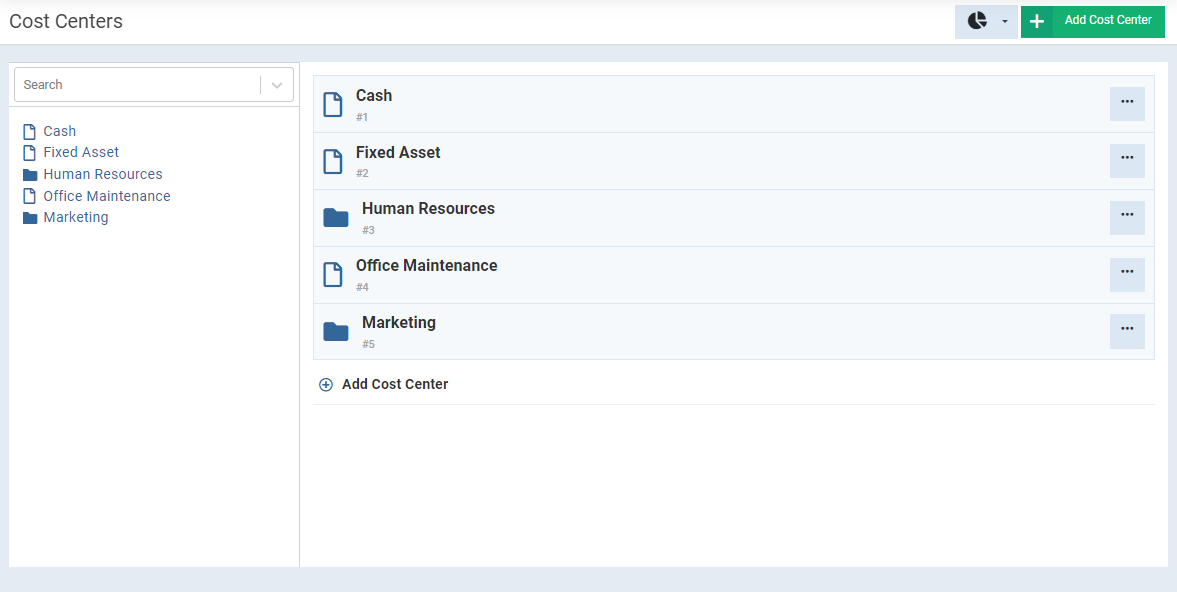
One of the key strengths of Enerpize lies in its robust reporting capabilities. Users can take necessary actions regarding costs and departments based on reports that enable them to monitor efficiency and derive data-backed insights. The software's reporting features provide a comprehensive view of financial performance, aiding in the identification of areas for improvement and optimization.
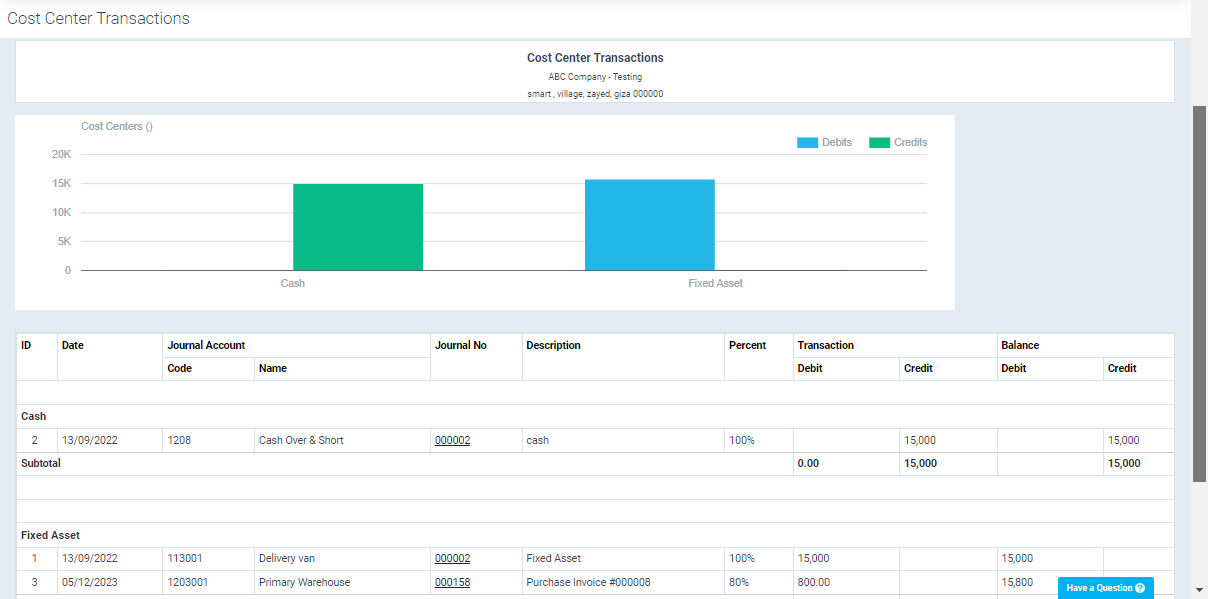
Automation is at the core of Enerpize's functionality. Users can automate cost centers by assigning them to the account itself or manually assigning them during transaction submissions, whether it involves registering incomes, expenses, or journal transactions. This automation not only saves time but also reduces the likelihood of errors, promoting accuracy in financial record-keeping.
Enerpize facilitates efficient cost center assignment by allowing users to assign one or multiple cost centers to journal accounts. The flexibility to allocate percentages for distribution enhances customization, offering the choice between automated percentage assignments or manual distribution based on specific needs. This feature ensures that businesses can tailor their cost center management strategies to align with their unique operational requirements.
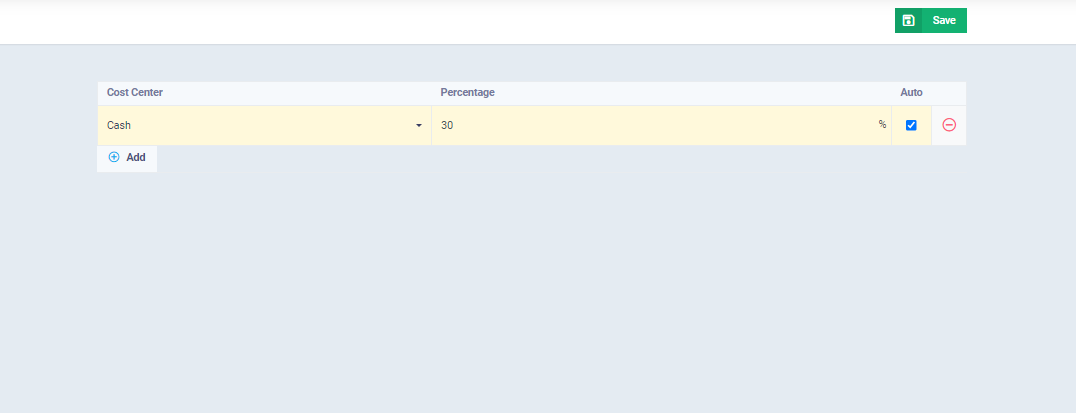
In conclusion, Enerpize stands out as a comprehensive accounting solution that goes beyond traditional bookkeeping. Embrace Enerpize and unlock the potential for enhanced financial control and sustainable growth in your business.
In the video below, learn how to create cost centers in Enerpize:
Cost management is easy with Enerpize.
Try our accounting module to manage your costs and expenses


